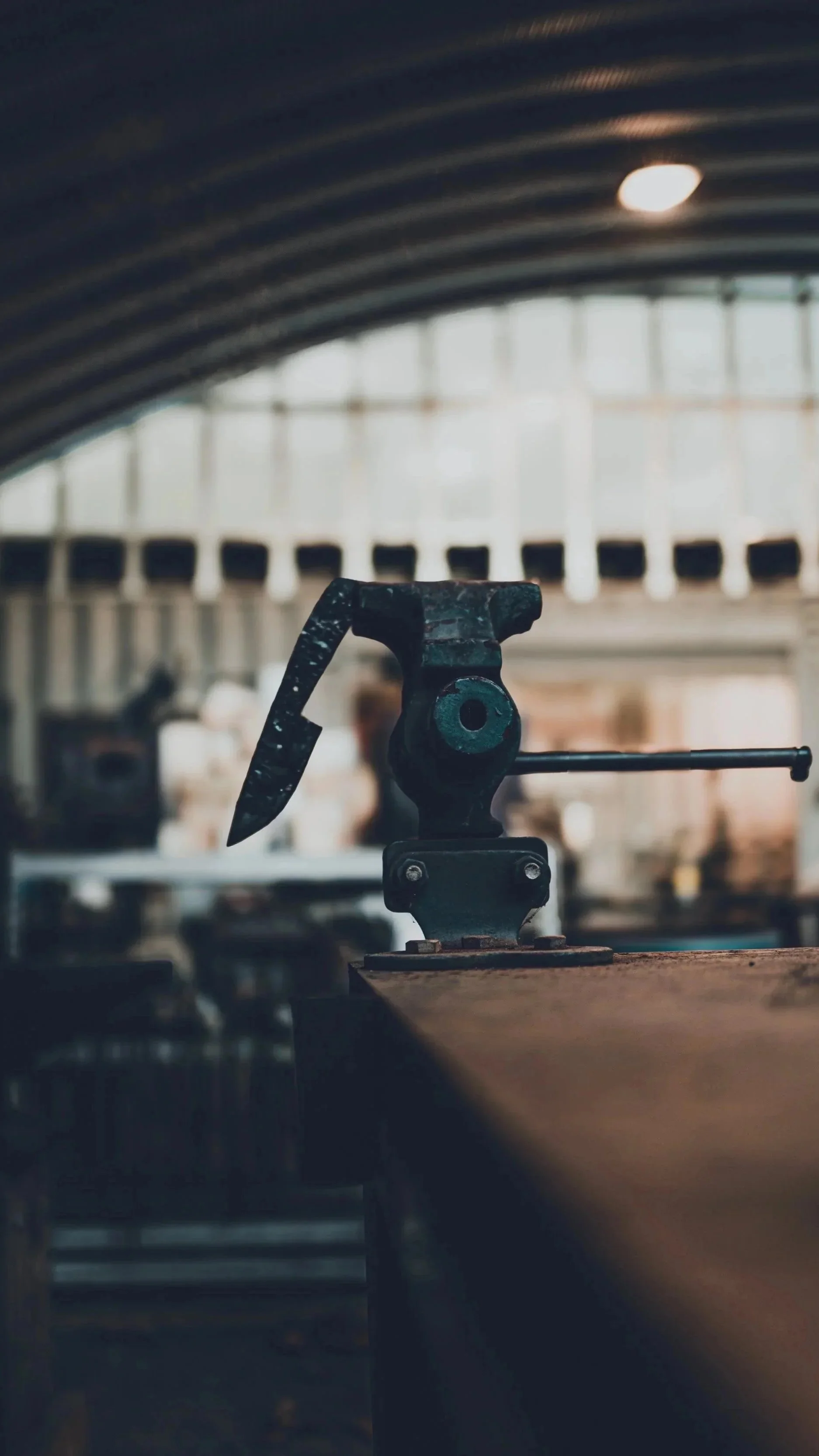Knife Care and Maintenance
Enjoy your knife, have fun putting it to work, and use it with care.
General Care
Most importantly, always hand-wash your knife and never, ever put it in a dishwasher. Thoroughly wipe it dry promptly after hand-washing or rinsing and be sure it is dry or waxed/oiled before long-term storage.
Do not leave your knife in the kitchen sink. This can be dangerous for any hands that may reach in to wash dishes. Additionally, it can be dangerous for your knife as the blade can get scratched, bent or broken and the handle may lose its finish. All Koda Blade Company knife handles are finished to a high polish and sealed with oil and a food-safe wax. It is a good practice to keep you knife handle well-oiled or waxed to prevent dryness over time.
Whether a kitchen knife or an outdoor knife, only use your knife for its intended purpose. It is a high-performance tool designed for a special task and not made to withstand abuse or to be used as a multi-tool.
Be cautious when slicing acidic foods on both stainless and high-carbon steel knives. Acid can react with the steel and affect its appearance. Clean and dry the knives promptly after each use.
Don't hurt yourself.
Cleaning
Use regular dishwashing soap and a sponge or slightly abrasive scouring pad and wash by hand. Never put into a dishwasher, leave in a sink with other items or leave soaking for a length of time. Promptly wipe your knife dry immediately after cleaning or rinsing. Avoid any harsh detergents.
Carbon Steel
Above all else, keep your carbon steel knife dry between uses. Moisture on a high carbon steel blade can cause it to rust very quickly. If this occurs, you can quickly remove areas of surface rust using products like Barkeeper’s Friend and a mildly abrasive sponge or scouring pad.
Rust and corrosion are different from a patina. Over time and use your high carbon steel knife will develop a natural color on the blade called a “patina.” This change in appearance of the steel, turning darker in spots and appearing more “antiqued,” is caused by the reaction between the metal, the foods you are cutting and the surrounding air. Each patina is unique and is generally considered a good thing. A patina will help protect your knife from unnecessary corrosion, as well as tell the story of how the knife has been used.
You should store your high-carbon steel knives in a cool, dry place. When not in use, apply a thin layer of food-safe oil or wax to the blade to help prevent rust.
Stainless-Steel
Keep your stainless-steel knife clean and dry just like a carbon steel knife. While stainless-steel is much more corrosion resistant than high carbon steel, if left damp or not properly cared for, it too is susceptible to rust and corrosion.
Sharpening
The things you cut and how you use your knife will be the number one factor for how often you need to sharpen your knife. First and foremost, always cut on cutting boards. Wood cutting boards are best. Do not cut on hard surfaces like glass, ceramic, metal or countertops like granite, marble or quartz.
Do not use electric, “pull-through” sharpeners. These sharpen at a different angle than your Koda Blade Company knife and can actually damage the cutting edge. Similarly, avoid “diamond” or aggressive steel honing rods. “Honing” isn’t a method of sharpening, but it is a way to keep the edge “true.” Diamond or certain steel honing rods can actually take metal off the edge. Instead, I recommend you use a ceramic honing rod to keep your edge in shape in between sharpening sessions.
If you really want to sharpen your knife like a pro, I suggest using a sharpening stone. Here is an excellent video on how to use sharpening stones by one of the leading experts in the field, Bob Kramer.
Storage
Always make sure your knife is completely dry before storing it. If your knife will be in storage for any length of time, you should apply a light coating of food-safe oil or wax.
It’s best not to store your knife in a drawer with other utensils. To protect your knife’s edge and keep it sharper longer, I recommend storing your knife on a magnetic strip on the wall or in a universal knife block. A sheath is okay to protect the knife’s edge, but even a sheath can hold moisture against your knife if stored for long periods. Hard plastic edge guards also work great for storage.
